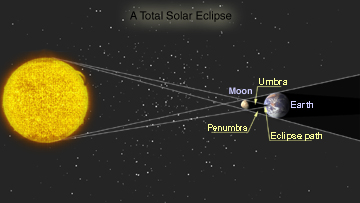This diagram shows the positions of the Sun, Moon, and Earth during a solar eclipse.
Click on image for full size
Windows to the Universe original image
Solar Eclipse on May 31, 2003
News story originally written on June 6, 2003
A solar eclipse was visible from a small area on Earth on May 31, 2003. Parts of Scotland, the Faeroe Islands, Iceland, and Greenland were within the central
section of the Moon's shadow that produced the maximum eclipse.
A solar eclipse happens when the Moon passes between the Sun and the Earth, and the Moon's shadow sweeps across a narrow area of our planet. Viewers within the shadow briefly see the Sun disappear behind the Moon. This eclipse was an unusual "annular eclipse". Because the orbit of the Moon is an ellipse, not a perfect circle, the Moon is slightly further from Earth at certain times during its orbit than at other times. If the Moon is at a far point in its orbit when a solar eclipse occurs, the Moon appears a little smaller than usual, and is not large enough to entirely cover the Sun during the eclipse. During an annular eclipse, a thin ring of sunlight, called an "annulus", shines around the edges of the Moon.
If you missed this eclipse, you will have another chance later in 2003. The next solar eclipse will occur on November 23rd. It will be a total solar eclipse, lasting about two minutes. The eclipse will be visible from Antarctica, so mark that date on your calendar if you will be vacationing with penguins later this year!
This eclipse was closely related to the total lunar eclipse that happened two weeks ago, when the Sun, Earth, and Moon were also lined up. A lunar eclipse happens when Earth's shadow falls on the Moon.
You might also be interested in:
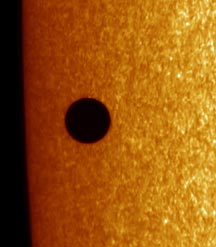
The planet Mercury appeared to cross in front of the disk of the Sun on May 7, 2003. Astronomers call the event a transit. A transit is similar to a solar eclipse. However, a transit occurs when a planet,
...more
The planet Mercury will cross in front of the disk of the Sun on Wednesday, November 8, 2006. Astronomers call the event a transit. A transit is similar to a solar eclipse. However, a transit occurs when
...more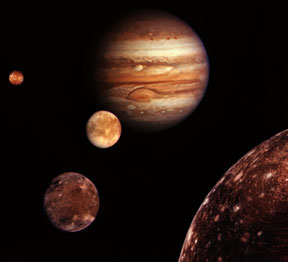
Astronomers have discovered a dozen new moons of Jupiter so far in 2003. Scott Sheppard and David Jewitt of the University of Hawaii and Jan Kleyna of Cambridge University led the team of astronomers who
...more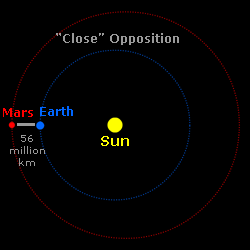
On August 27, 2003, Earth and Mars will be closer together than they have been in thousands of years. The centers of the two planets will be 55,758,006 kilometers (34,646,418 miles) apart at 9:51 Universal
...more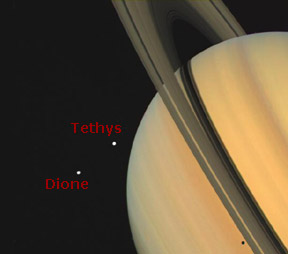
Astronomers have recently discovered several more moons in our Solar System. Scott Sheppard and David Jewitt of the University of Hawaii and Jan Kleyna of Cambridge University announced the discovery of
...more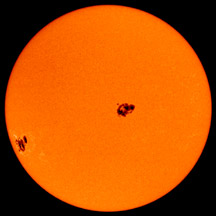
Two gigantic sunspot groups have recently appeared on the Sun and are generating tremendous space weather storms. The sunspot groups (known as group 484 and group 486) are about as large as the planet
...more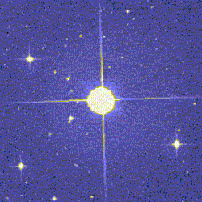
Astronomers have identified another exoplanet, that is, a planet outside our solar system. This makes a total of 102 exoplanets that have so far been found by astronomers! The astronomers that identified
...more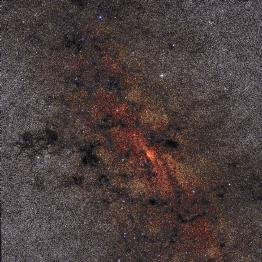
Thanks to a couple of telescopes, everyone on the internet can browse through almost 2 million images. Stars throughout the sky were photographed by the Two-Micron All Sky Survey (2MASS) and are now available
...more


